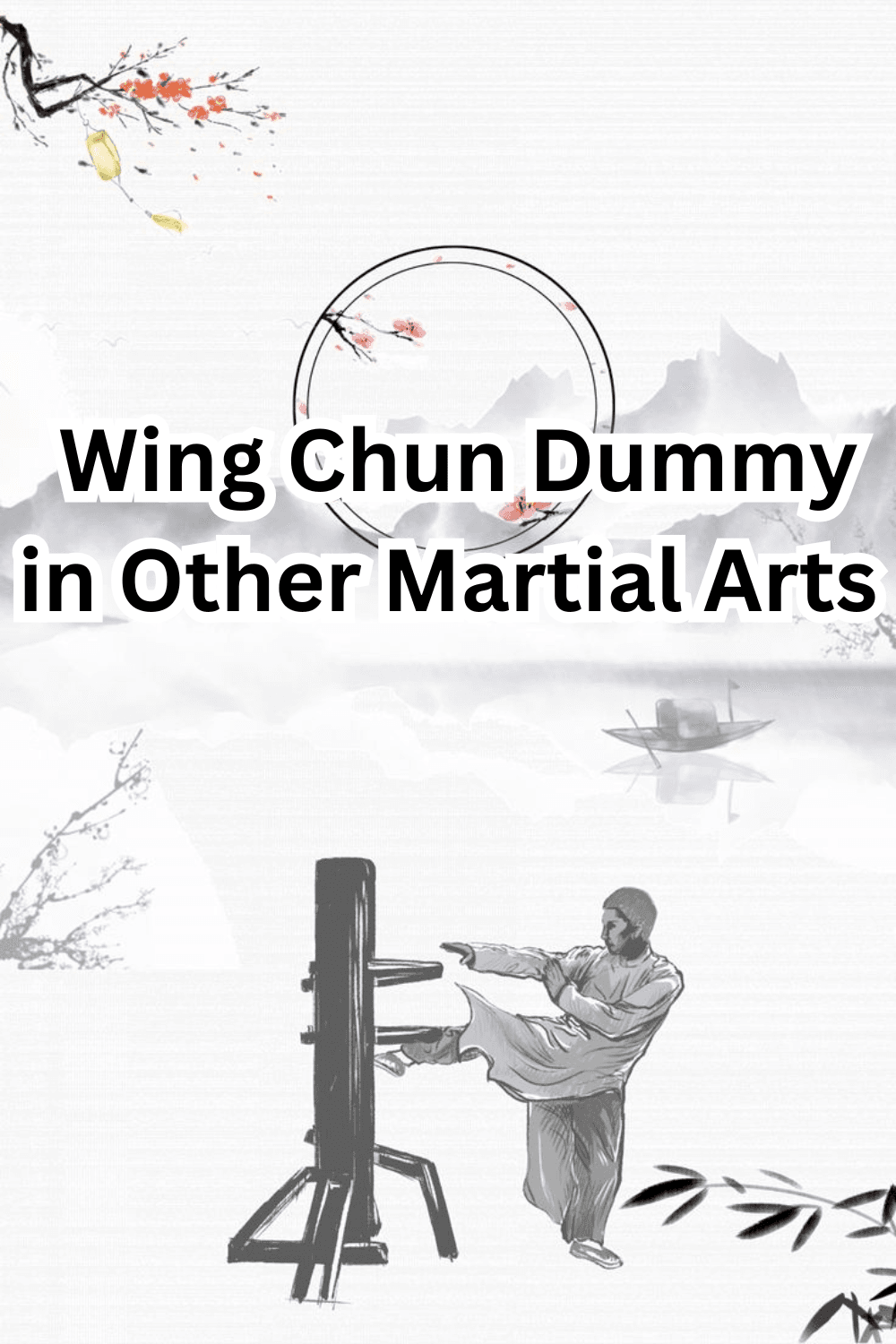Wing Chun is a traditional Chinese martial art known for its practicality and efficiency in self-defense.
It focuses on close-range combat and emphasizes speed, agility, and simultaneous attack and defense.
As with any martial art, there are wing Chun rules and principles that govern the practice.
One common question that arises is whether it is allowed to incorporate moves from other styles into Wing Chun training.
In this blog post, we will explore this topic ( Wing Chun Rules) and shed light on whether it is permissible to practice moves from other styles within the Wing Chun framework.
Wing Chun has a rich history and a well-defined set of techniques and principles.
Its founders, Yim Wing Chun and her husband Leung Bok Chau, developed the style based on their observations of natural movements and their own combat experiences.
The core principles of Wing Chun include centerline theory, economy of motion, and simultaneous attack and defense.
These principles are central to the practice of Wing Chun rules and form the foundation of its techniques.
While Wing Chun practitioners are encouraged to focus on mastering the techniques and principles of their own style.
Permissible
There is generally no strict rule against learning moves from other martial arts.
In fact, many experienced practitioners find value in cross-training and exploring different styles to enhance their overall martial arts skills.
However, it is important to approach this cross-training with the right mindset and respect for the principles of Wing Chun.
Incorporating moves from other styles into your Wing Chun practice can offer new perspectives and insights.
It can help you understand different ranges of combat, footwork patterns, and striking techniques.
By expanding your knowledge and skill set, you may be able to adapt and respond more effectively in a variety of self-defense situations.
However, it is crucial to maintain the core principles of Wing Chun while exploring other styles.
When incorporating moves from other styles.
It is important to remember that Wing Chun has its own unique characteristics and techniques.
The goal should be to integrate these new moves in a way that complements and enhances your Wing Chun practice, rather than diluting or contradicting its core principles.
It is essential to maintain the integrity of the style and not deviate too far from its fundamental concepts.
To successfully incorporate moves from other styles into your Wing Chun practice.
It is advisable to seek guidance from a qualified instructor.
They can provide valuable insights and ensure that you are integrating these moves in a way that aligns with the principles of Wing Chun.
An experienced instructor can also help you understand the context and application of these moves within the Wing Chun framework.
Remember, Wing Chun is a complete system in itself, and mastering its techniques and principles should be the primary focus.
Exploring moves from other styles should be seen as a supplement to your training, rather than a replacement for Wing Chun.
By maintaining a balance between the two, you can broaden your martial arts knowledge and enhance your overall skill set.
In conclusion
while there are no strict rules against incorporating moves from other styles into your Wing Chun practice, it is important to approach this with caution and respect for the core principles of Wing Chun.
Seek guidance from a qualified instructor, maintain the integrity of the style, and remember that Wing Chun is a complete system in itself.
By striking the right balance, you can expand your martial arts horizons and become a well-rounded practitioner.




